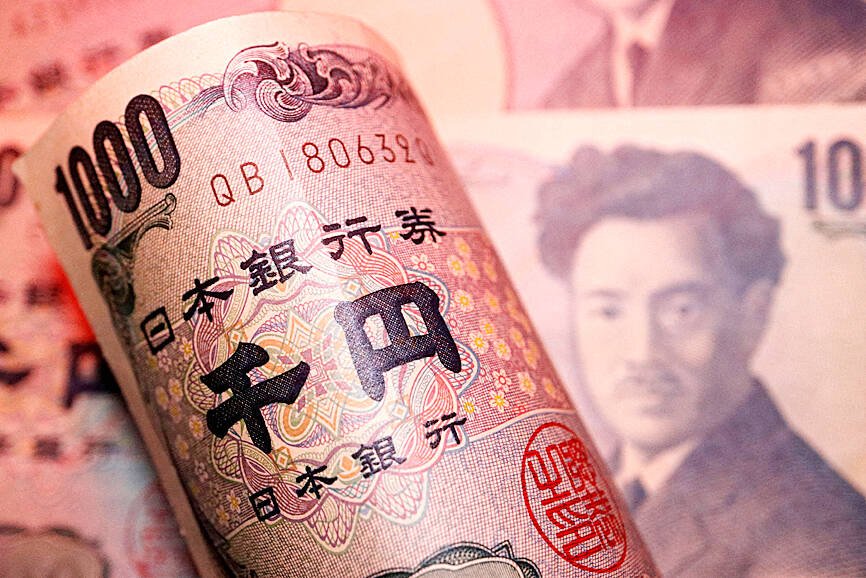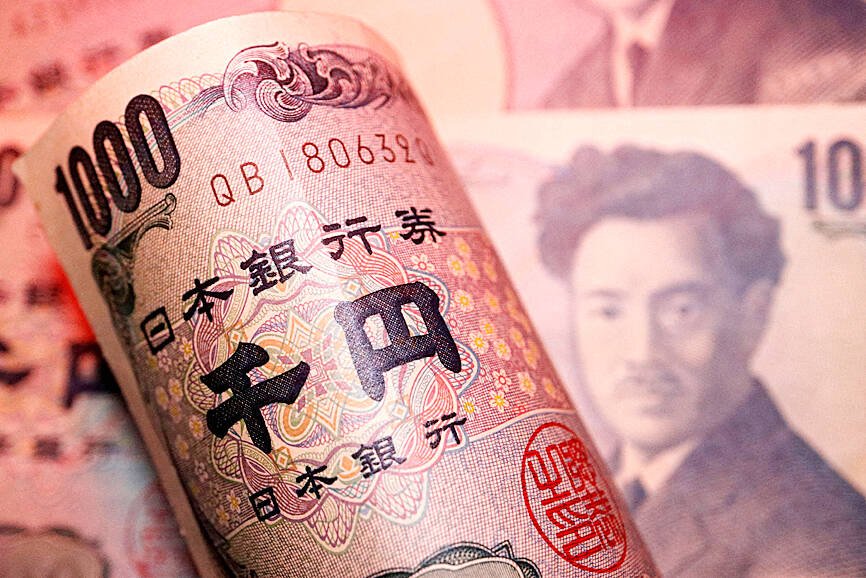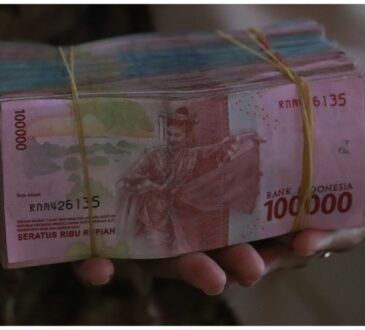CONFIDENCE:
The market is envisaging a brighter picture for Asian economies, with investors expected to allocate more funds to Asian equities in the coming quarters
Asian currencies rallied to the highest in seven months as ebbing US recession concerns, bets on US Federal Reserve rate cuts next month and an improving domestic backdrop lifted sentiment in the region.
The Bloomberg Asia Dollar Index gained as much as 0.6 percent yesterday to the highest since January.
The South Korean won and the Malaysian ringgit led the regional advance on upbeat growth prospects and the Thai baht rose on easing political tensions.

Photo: Reuters
“It feels like a Goldilocks scenario, where US recession fears fade while growth momentum in the region remains moderate,” Oversea-Chinese Banking Corp foreign exchange strategist Christopher Wong (黃經隆) said in Singapore. “There is room for Asia ex-Japan currencies to recover against a backdrop of developed-market central banks largely on an easing bias.”
The ringgit rose as much as 1.5 percent to 4.3678 per US dollar, the strongest since February last year. On Friday, Malaysia reported a stronger-than-expected increase in second-quarter GDP from the previous year, while global funds poured the most cash into its stock market since June.
The baht extended gains to 34.409 per US dollar, the highest since January, after Paetongtarn Shinawatra on Friday won enough votes in parliament to become the next Thai prime minister.
Goldman Sachs Group Inc economists on the weekend lowered the probability of a US recession in the next year to 20 percent from 25 percent, citing last week’s better-than-expected US retail sales and jobless claims data. They also said they were “more confident” the Fed would cut interest rates by 25 basis points at its policy meeting next month.
Easing concern about a recession in the world’s biggest economy is a positive for Asia’s export-oriented nations. The won rallied 1.52 percent to 1,331.35, the highest since March. The Philippine peso rallied 1 percent to 56.66 per US dollar, its biggest gain since November last year, while the New Taiwan dollar rose 0.81 percent to 32.03 per US dollar, the highest since April.
The yen climbed as much as 1.7 percent versus the greenback to ¥145.19, before trimming the advance to about 1.1 percent as of 5:17pm in Tokyo as traders waited to see if Bank of Japan Governor Kazuo Ueda would provide hints on the central bank’s rate-hike path in his appearance in front of the parliament on Friday.
Regional equities also climbed yesterday, with the benchmark MSCI Asia Pacific Index rising almost 1 percent to head for its highest close in a month.
“The market is envisaging a brighter picture for Asian economies in the coming quarters,” Invesco Asset Management Japan global market strategist Tomo Kinoshita said. He expects investors to allocate more funds to Asian equities, especially to those in India, Indonesia and Malaysia.



